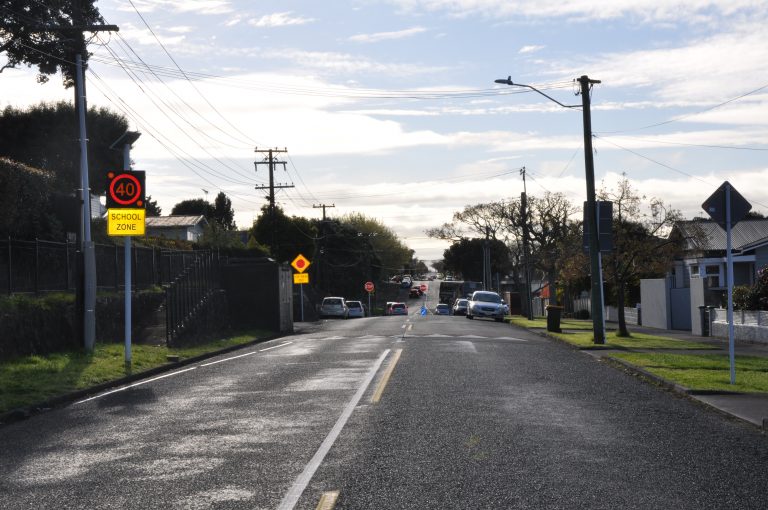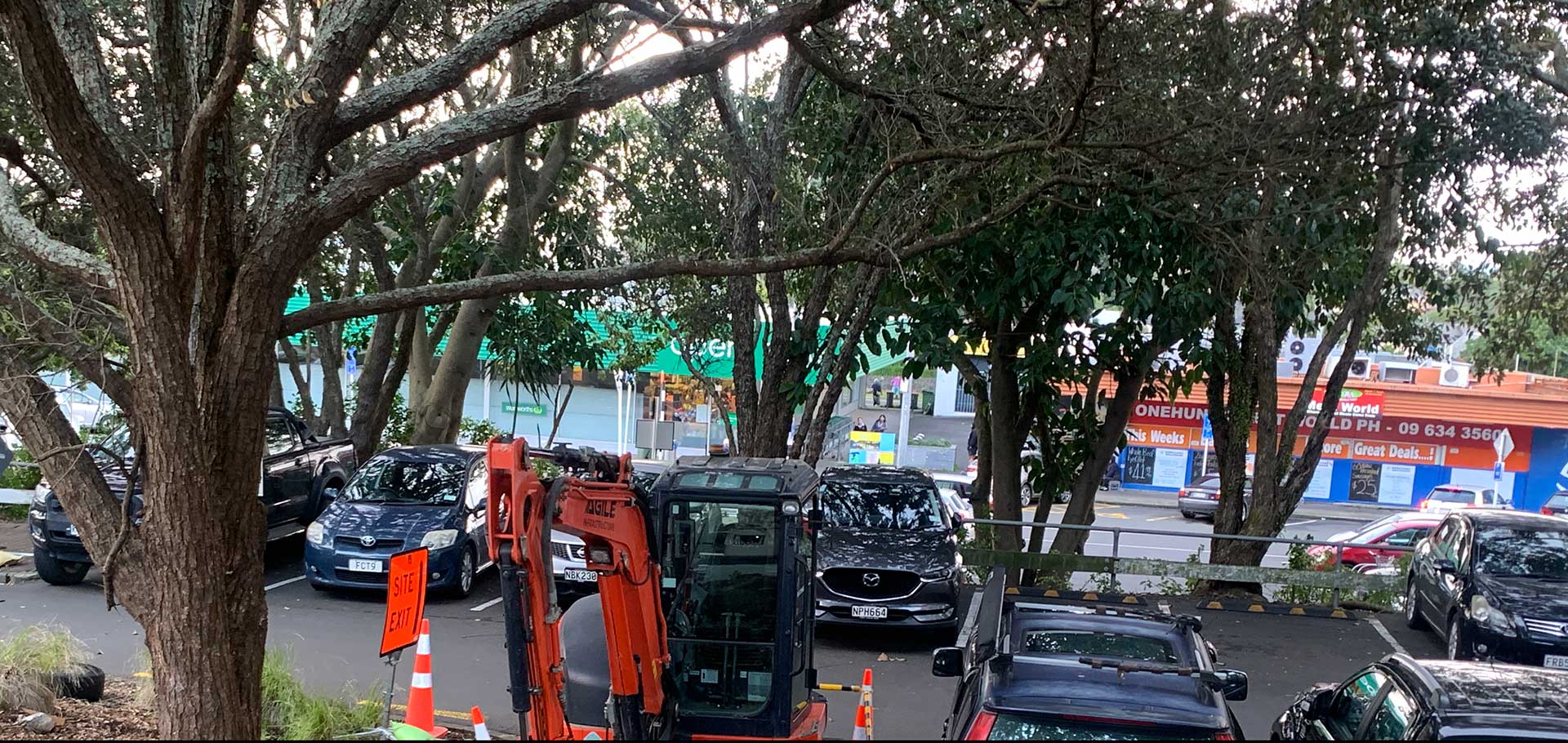Traffic trial coming for Onehunga2 min read
Reading Time: 2 minutesTwo traffic trials in the Maungakiekie-Tāmaki area have won funding in the latest round from Waka Kotahi NZ Transport Agency’s Innovating Streets Programme, which aims to bring safer and more people-friendly streets to Auckland.
The pilot projects in Onehunga and Glen Innes will create Low Traffic Neighbourhoods (LTNs) with the aim being to re-define the street network in the area, keeping local streets for local people and creating streets where people can bike and walk safely, with less traffic noise and fumes.
The Maungakiekie-Tāmaki Local Board will lead the two projects, which are 90% funded by Waka Kotahi. Board member and project sponsor, Peter McGlashan, says he’s excited about the possibilities for the two projects, and what it can mean for the community.
“Globally, Low Traffic Neighbourhoods have often led to reduced car ownership or reduced car use, and more biking and walking, so we hope this is something we can achieve here.”
The projects will use a tactical urbanism approach, which is a quick, low-cost way to make changes and implement traffic interventions, with the view that any intervention could feasibly be made permanent if it is trialled successfully. This approach allows for ‘planning by doing’, and making adjustments along the way.
“It will allow us to trial concepts used in other cities around New Zealand and overseas. Data will be recorded throughout the trials, so we can measure success and make comparisons to other similar projects.”
Onehunga resident and cycling advocate Nicholas Lee has seen the impacts of housing intensification on traffic in the area, with more car ownership and more congestion, and knows some streets are not as safe for cycling and walking as they could be.
“The idea of an LTN is that residents and visitors will travel to and from these neighbourhoods, rather than others drive through them, to avoid other busy streets,” says Nicholas.
“Maungakiekie-Tāmaki has the ninth highest DSI rate (deaths and serious injuries) out of the 21 local boards, and it’s important we make our neighbourhoods safer for residents to walk and cycle.
“We also must decarbonise transport over the next decade to meet emission reduction targets, and for this to happen, we need mode shift as quickly as possible – meaning increasing the amount of travel done by public transport, walking and cycling.”



